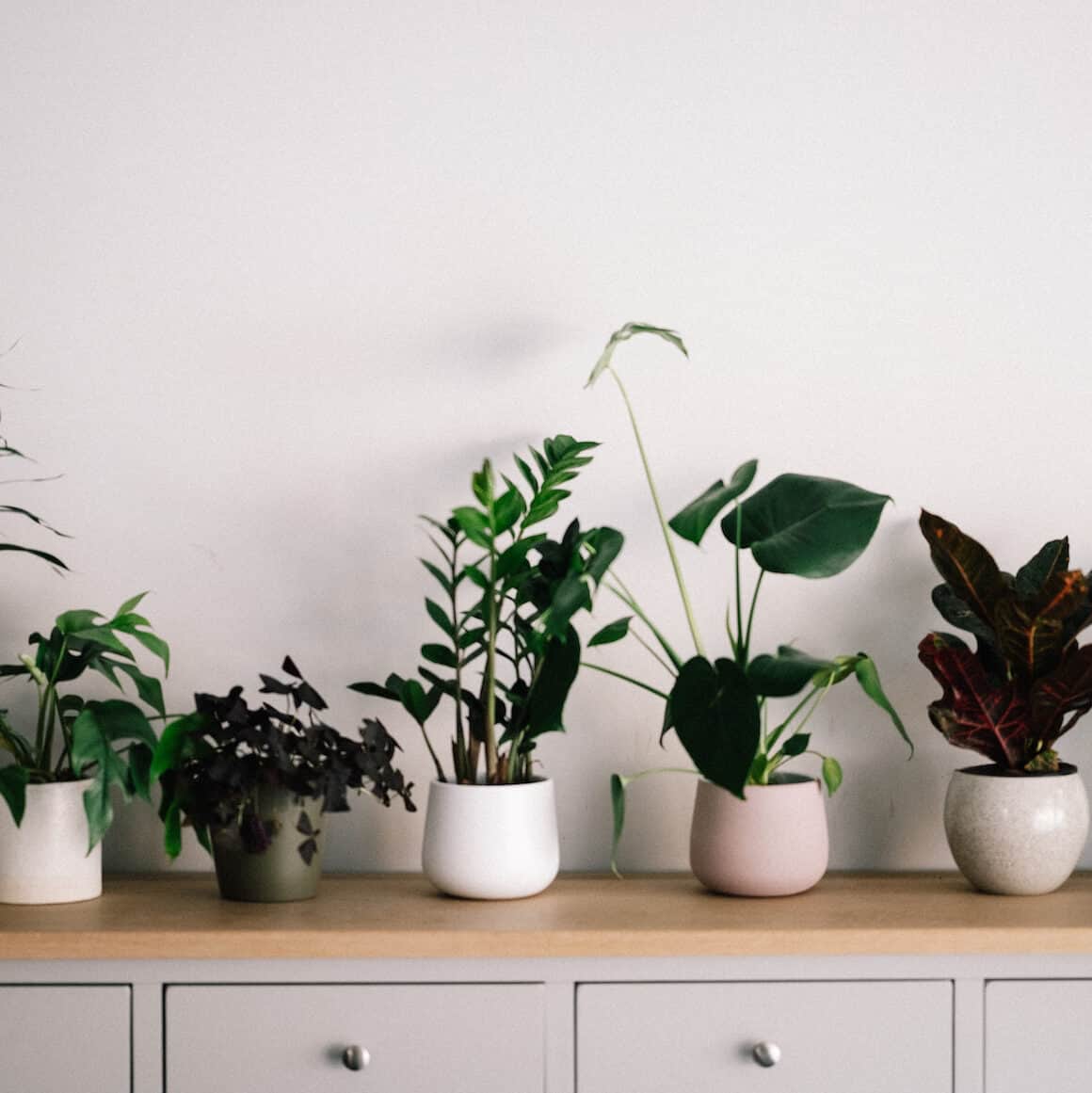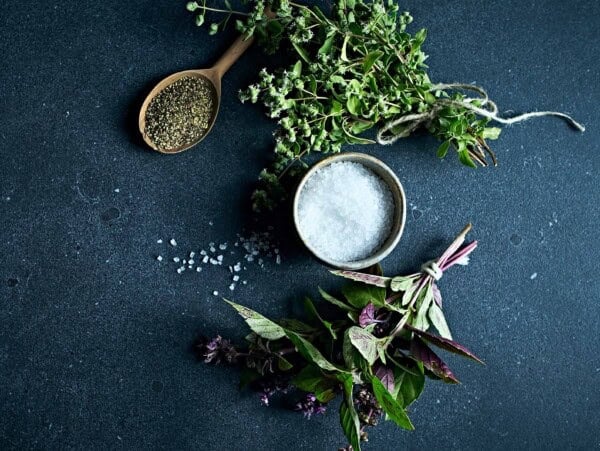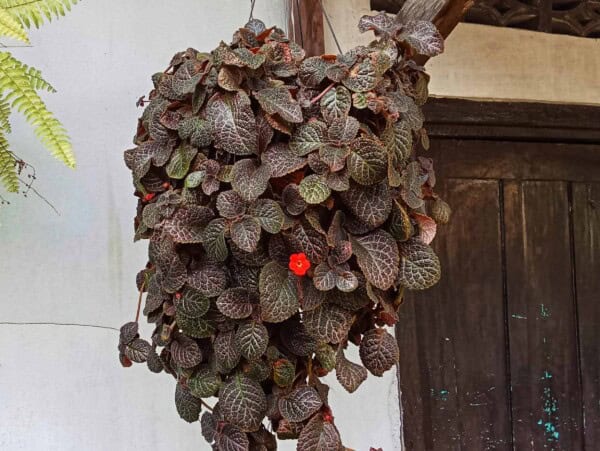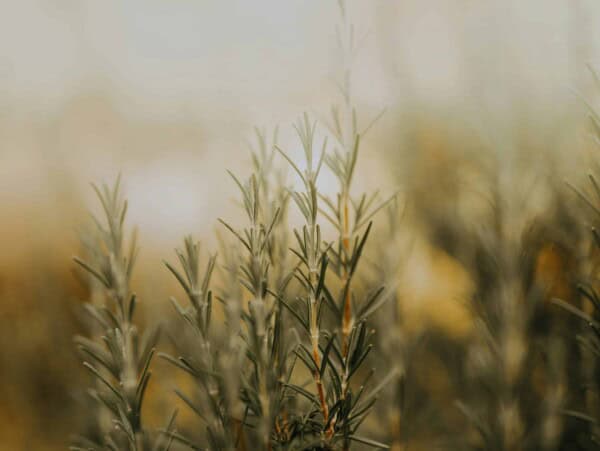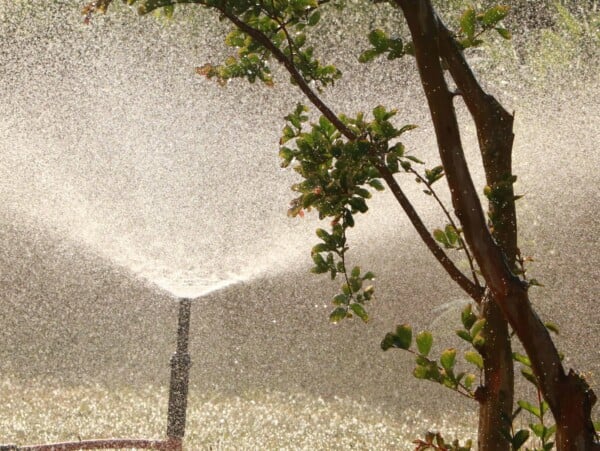Whether inside or out, growing plants is one of my favorite and most affordable ways to add character and charm to your home! Unfortunately, at some point, you might find yourself with a troublesome fungus gnat infestation, leaving you left to wonder. What kills gnats on plants?

Well, good news: it’s not very hard to solve your fungus gnat problem. I know I have tried evry method because I’ve had quite a few run-ins with these flying frustrations, but once you know what to do, they’re not very hard to get rid of.
Keep reading, and I’ll tell you what I did to protect my favorite houseplants and their precious root system from these persistent pests.
The Short Answer for What kills gnats on plants
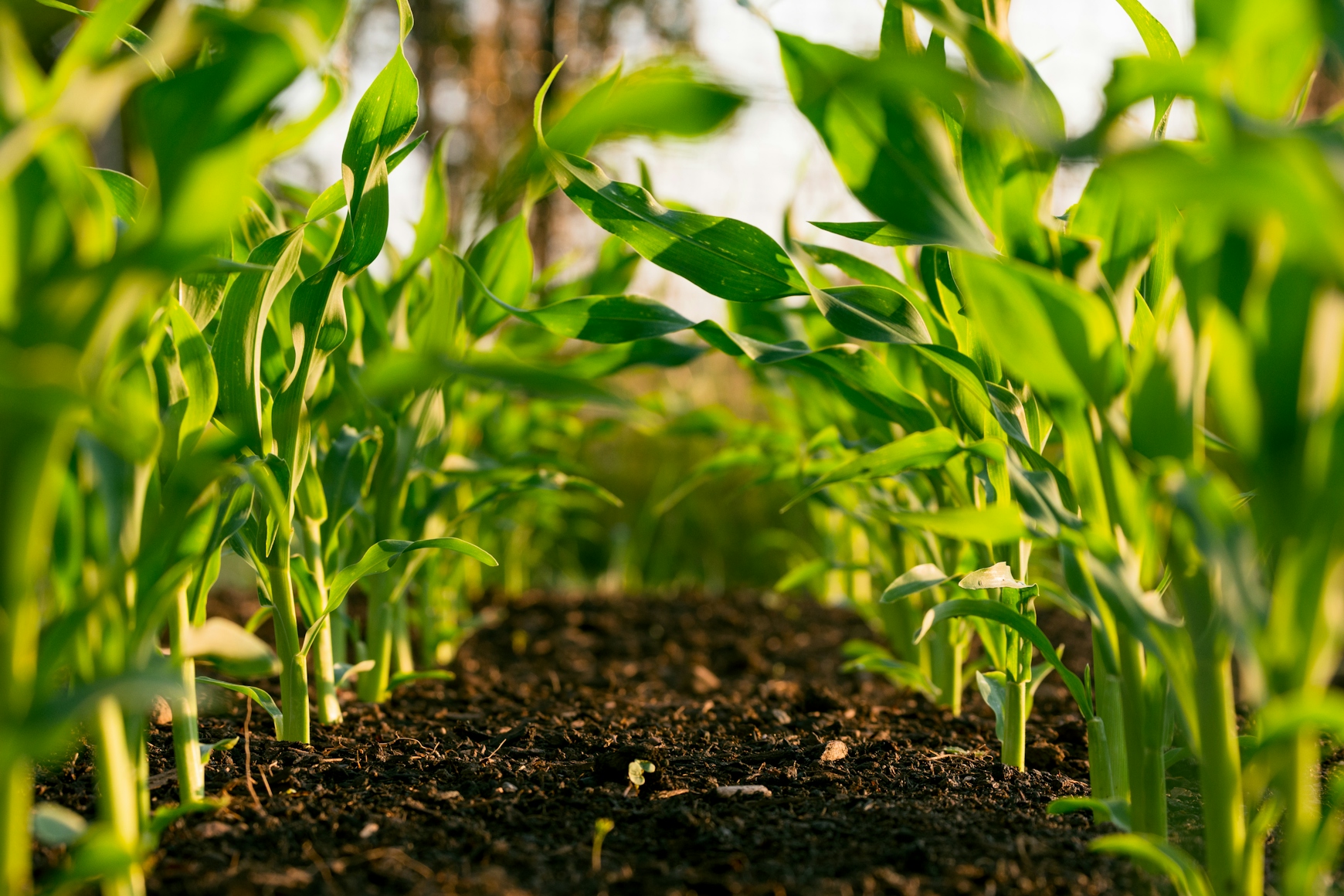
First, let’s quickly go over the basics of what kills gnats on plants, and in order to do that it’s important to determine whether you’re dealing solely with adult fungus gnats or if there are fungus gnat larvae present as well.
On their own, fungus gnats don’t pose a particularly large threat to your plants, although they can spread disease—such as Pythium blight—to your plants. The real issue is the larvae, which will disturb seedling & young plants, cause root damage, and can deprive your plant of vital nutrients.
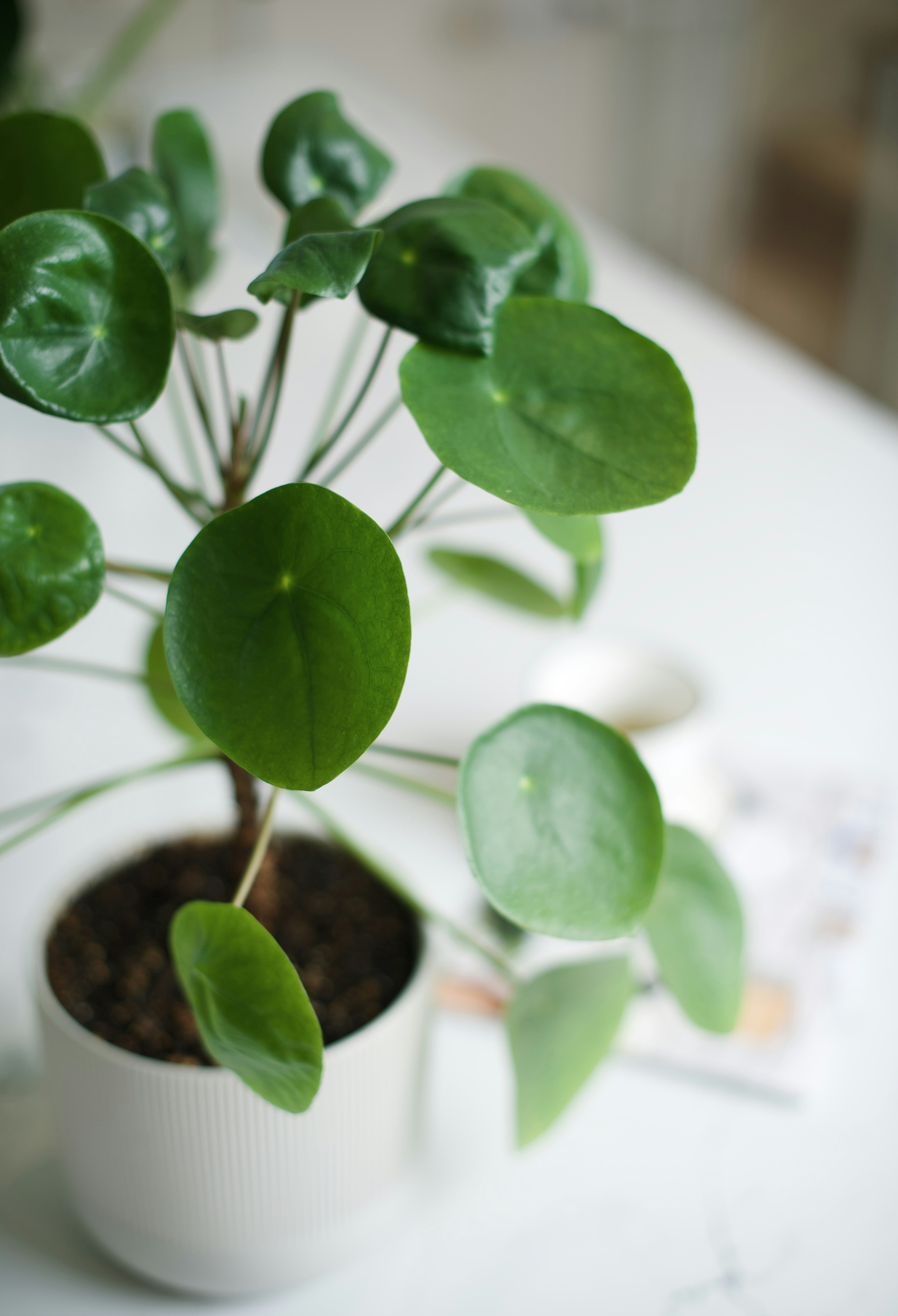
If you’re trying to get rid of fungus gnats in large numbers, applying a hydrogen peroxide mix to your potting soil is one of the easiest ways to go about it. Other easy-to-implement solutions include vinegar traps, Pyrethrin sprays, neem oil, and sticky traps.
Looking for an easy-to-grow houseplant? If so, check out my post on the Chinese Money Plant!
The Easiest Solutions for Gnatts
- Pyrethrin sprays
- Apple Cider Vinegar Traps
- Sticky Traps
- Mosquito Dunks
- Hydrogen Peroxide mix
- Ceylon Cinnamon
Store Bought Solutions for What Kills Gnats on Plants

What kills gnats on plants and doesn’t cost much money? Sticky traps, mosquito dunks, and Pyrethrin sprays!
- Sticky Traps – Yellow sticky traps are a great alternative to the potato gnat trap, attracting and stopping fungus gnats where they land.
- Mosquito Dunks – Using these can be an effective way to get rid of gnats, thanks to the active ingredient, Bacillus thuringiensis israelensis. Just sprinkle them on the surface of your soil then apply water!
- Pyrethrin sprays – You can find these pest control products quite easily online, and they work great to get rid of adult gnats. However, you’ll need to pair them with another solution, as these sprays won’t have any effect on fungus gnat larvae.
Natural Solutions
Although prevention is ultimately the best solution, I’m going to assume you already have a fungus gnat issue at hand. So, what kills gnats on plants, and what are some natural ways to solve this issue? As it turns out, there are a few!
Remove & Replace the Soil
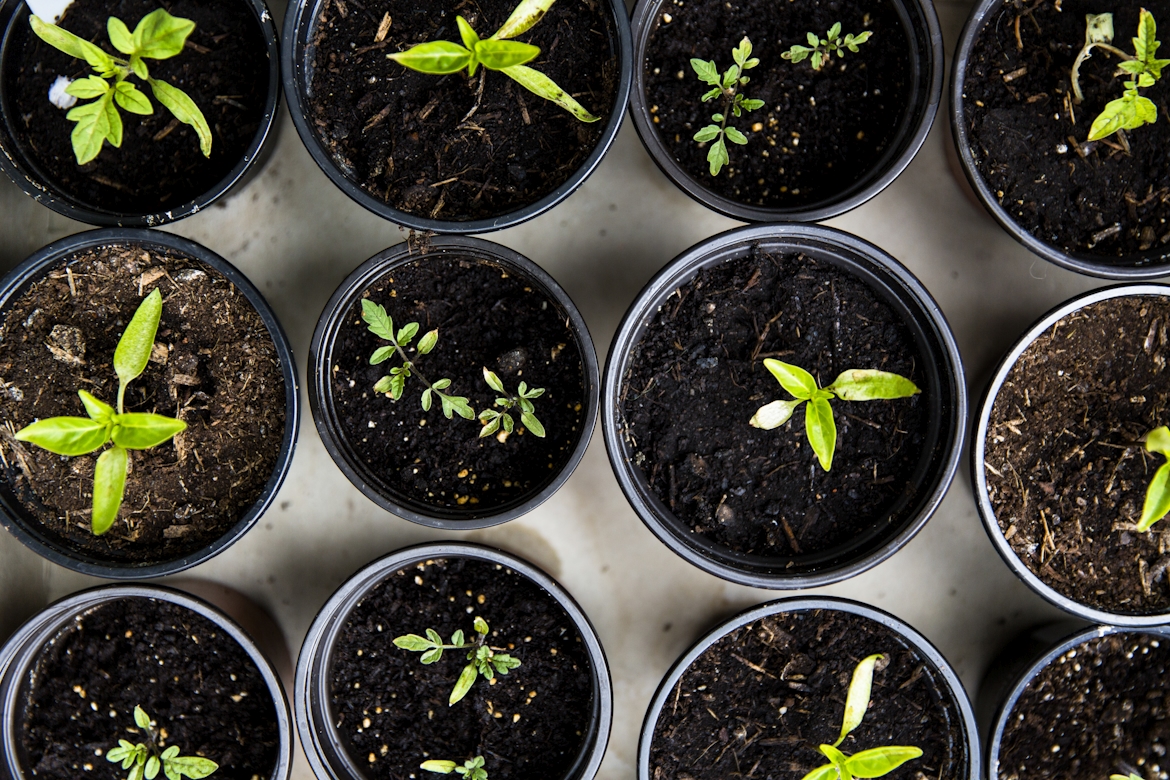
Your primary goal is to remove the larvae from your soil. Begin by taking the soil out of your plant pots. Inspect your plant(s), and cut away any rotting or already-dead roots.
If possible, replace your old soil with new soil. Alternatively, you can also bake the soil to kill any bugs or larvae. To do so, simply bake the soil for thirty minutes in the oven at 200° F. Once cooled down, put the dry soil back in the pot.
Remember to sterilize your pot(s) before placing the plants back inside, regardless of which method you decide to use!
Running low on plant space? Pick up a set of these cute hanging planters!
Treat Your Soil to Kill Gnats
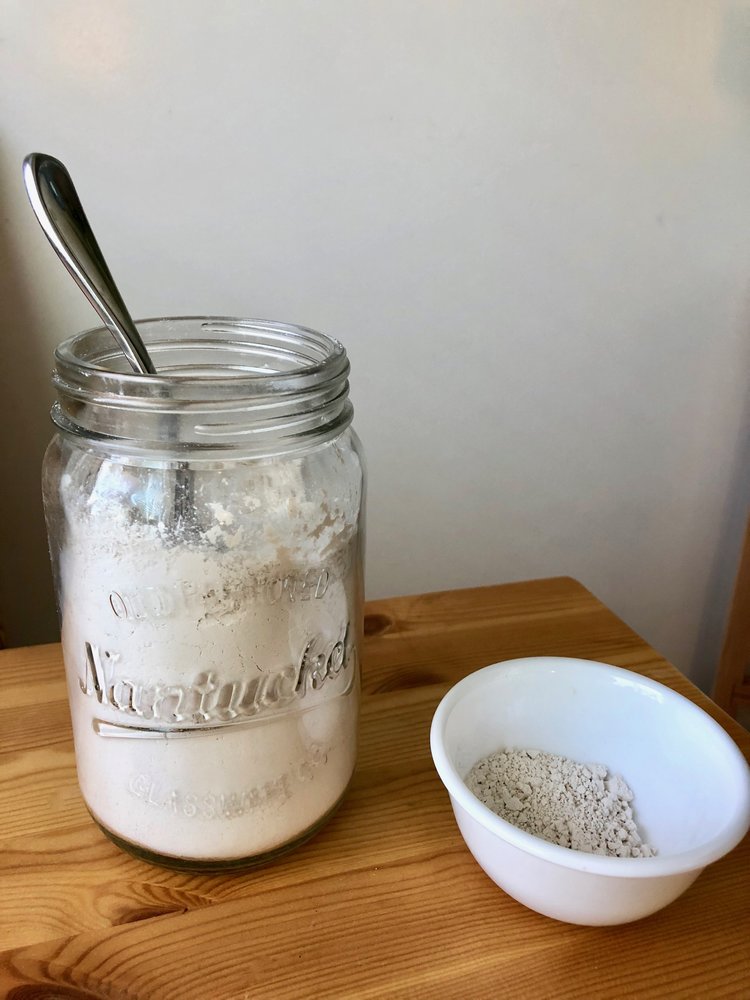
You can treat your soil by adding diatomaceous earth to every pot. This powder is fairly effective at killing fungus gnats since it dries out and injures the insects. You can add it to fresh soil or sprinkle it on top of the potted soil.
Cinnamon is another thing you can sprinkle on your potting mix. As a natural fungicide & irritant, it will discourage fungus gnats from moving in. Use ceylon cinnamon for the best results!
You can even treat the soil with a hydrogen peroxide mix. Mix 4 units of water to one unit of 3% hydrogen peroxide, and apply this mixture to your plants the next time they need water.
Set Up a Homemade Traps

What kills gnats on plants and is really easy to implement? Traps! Larvae-specific traps are effective regardless of location. However, traps for adult gnats are generally the most effective in enclosed spaces like a portable greenhouse.
Simply placing a slice of potato on the soil will instantly attract fungus gnat larvae. Leave it there for eight hours, check the surface for larvae, and then remove it. This is a great way to find out if larvae are present, but be aware this won’t eradicate them entirely!
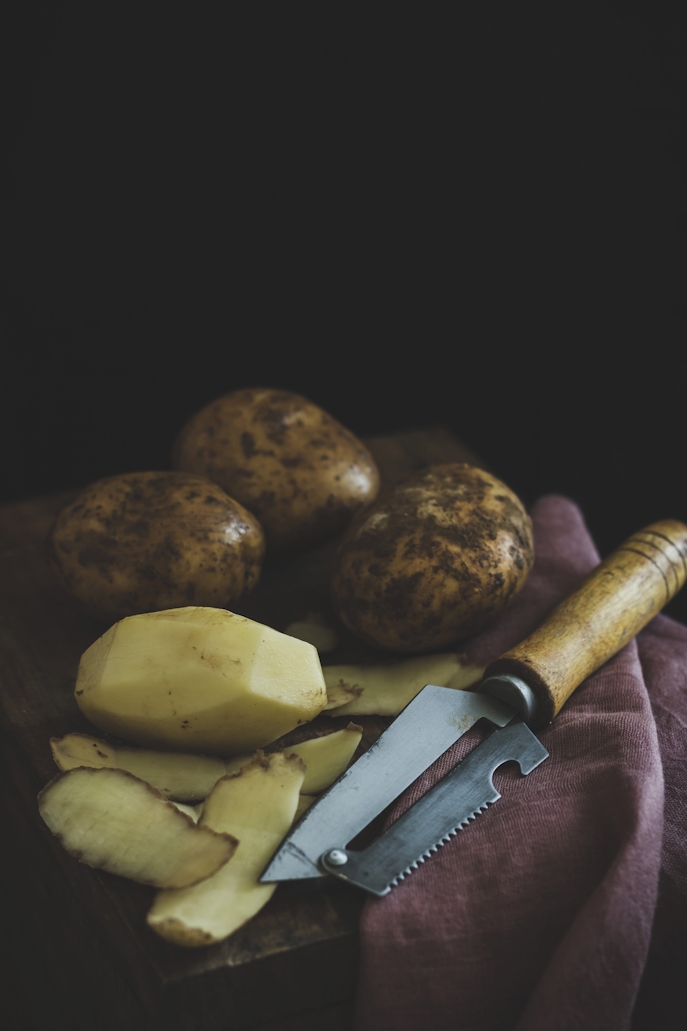
For adult fungus gnats, you’ll need a jar, some apple cider vinegar, an elastic band, plastic wrap, and a dab of dish soap. First, fill the jar with apple cider vinegar and add a few drops of dish soap.
Next, cover the jar with plastic wrap and secure it using the elastic band. Stab a few holes into the top of the plastic wrap, then place the jar near your plant.
The fungus gnats will be attracted to the smell. However, once inside, they will be unable to escape, ultimately drowning in your apple cider vinegar traps.
What Are Fungus Gnats?
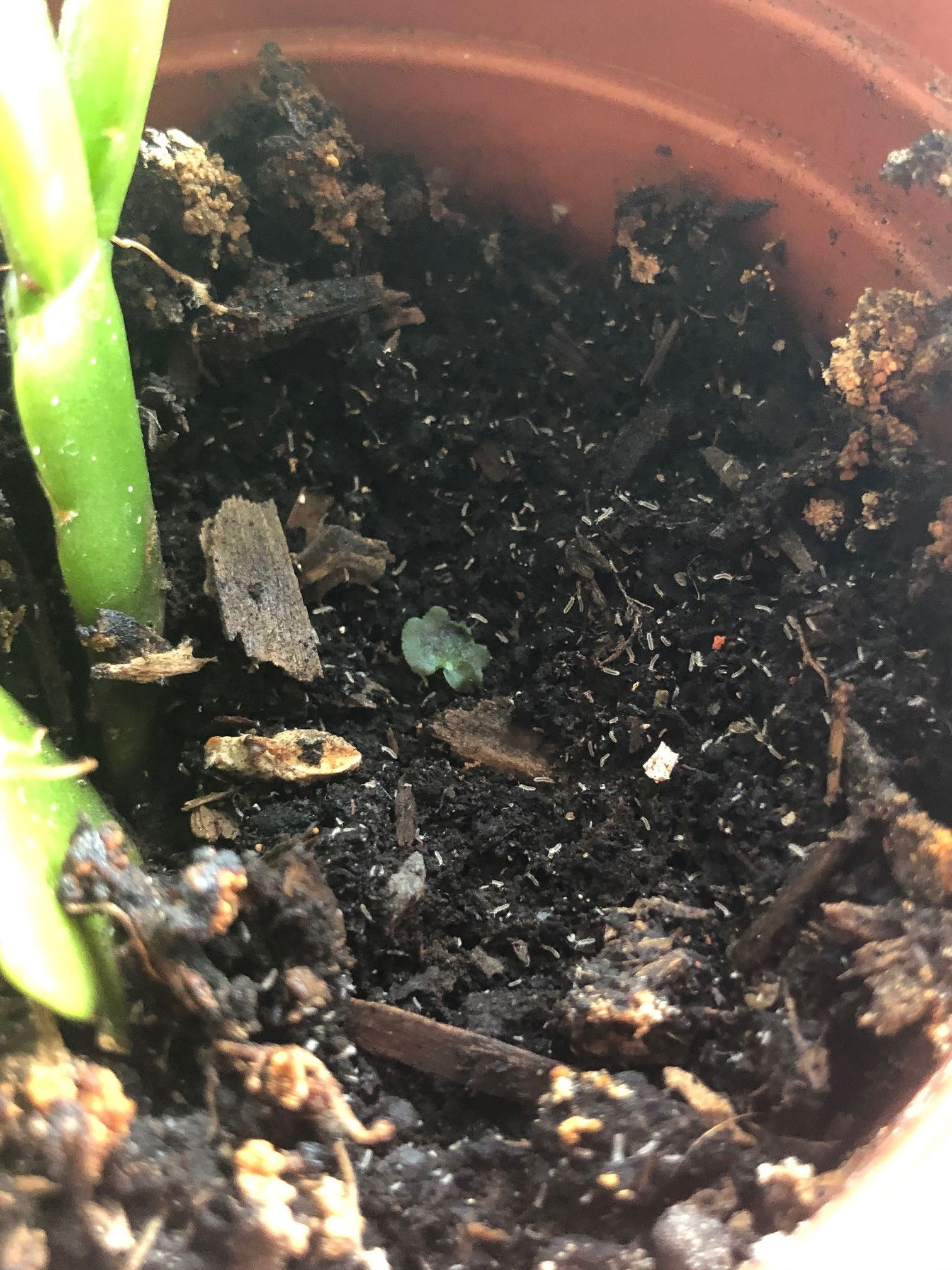
Although often confused with fruit flies, fungus gnats are actually an entirely different type of insect! They’re easier to distinguish once they’re full-grown, as fungus gnat adults have long legs and bodies similar to those of a mosquito!
If you’re hoping that these unwanted guests will go away in just a couple of days, I’m sorry to say that’s simply not the case. True, they don’t live up to 50 days like fruit flies can. Even so, fungus gnats have a respectable lifespan of 18-30 days.
That’s way more than enough time to wreak havoc on even the best houseplants like the Audrey Ficus.
The Different Types of Fungus Gnats
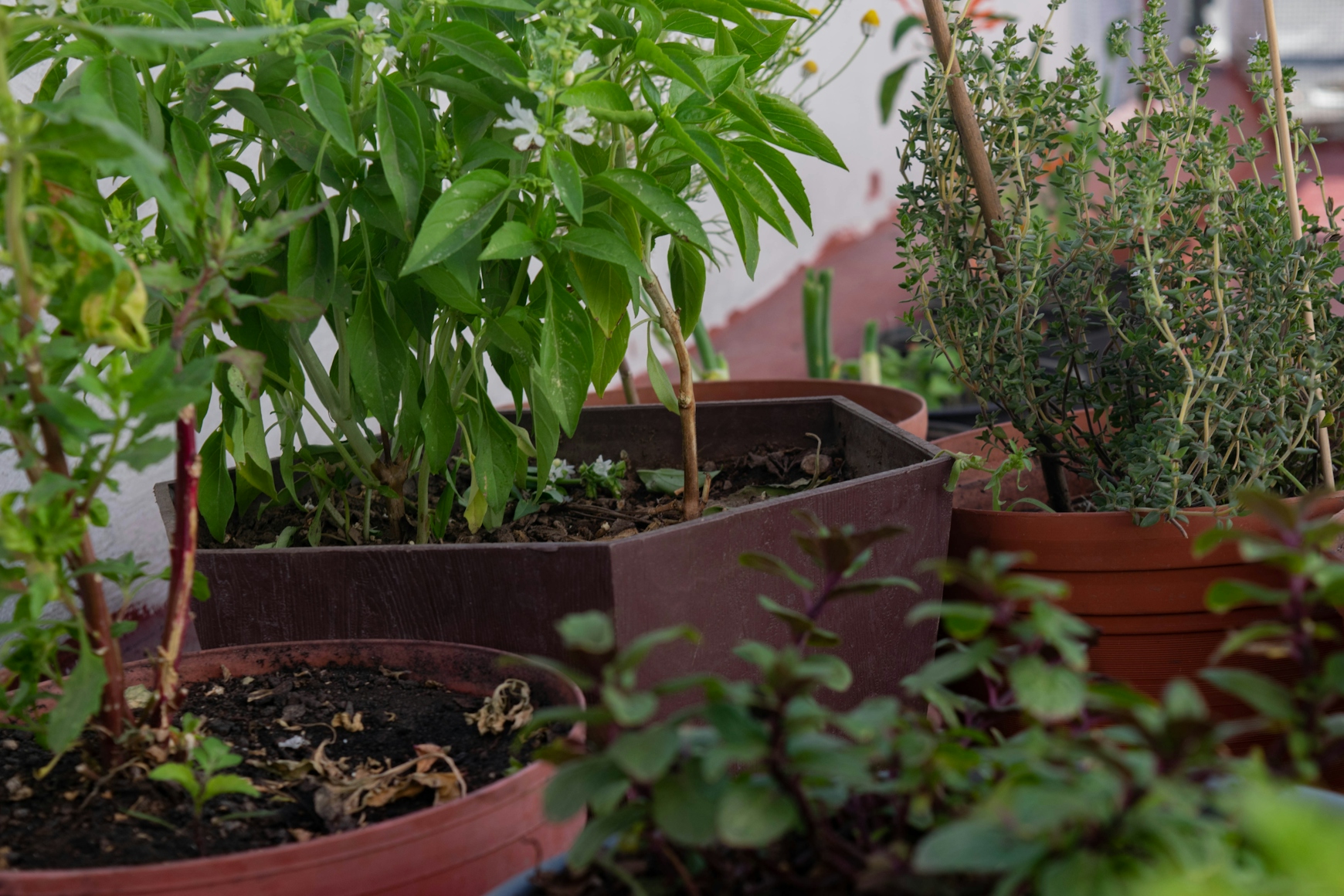
Six different insect families that are considered “fungus gnats”. Fortunately, out of these six families, only ones in the Sciaridae family are a concern for your outdoor and indoor plants.
As their name would suggest, many adult gnats feed purely on fungus. However, gnats from the Sciaridae family spread disease, feed on plant roots, and steal nutrients from your favorite plants. These are the ones you’ll need to watch out for!

Although you don’t necessarily need to learn the different types to find out what kills gnats on plants, I know some of you will want to know exactly what you’re dealing with!
Here are a few of the common types of fungus gnats that can be a detriment to your garden or house plants.
- Bradysia coprophila – This common species of fungus gnat prefers damp locations with lots of decaying organic materials.
- Bradysia difformis – Also known as the “tobacco fungus gnat”, these gnats often are often found damaging the plant roots of greenhouse crops.
- Bradysia impatiens – Posing a particular issue for houseplants, this type of fungus gnat is active during the winter months in colder locations. They can also be referred to as snow sciarids, or the “winter fungus gnats”.
- Orfelia – Found both indoors and outside, these fungus gnats feed on the roots of plants, often resulting in severe health declines. They’re especially attracted to the rotting organic matter found in damp soil and compost.
What Causes Fungus Gnats?

While it’s certainly important to know what kills gnats on plants, knowing how to prevent them from showing up in the first place is even better. Take notes, because knowing this will help you prevent the problem from ever occurring!
The primary reason for fungus gnats is excessive moisture. Given a damp environment of moist soil, fungus gnats can live, breed, and prosper quickly. Having moisture in the first few inches of soil also allows fungus to grow, further motivating the gnats to stick around.
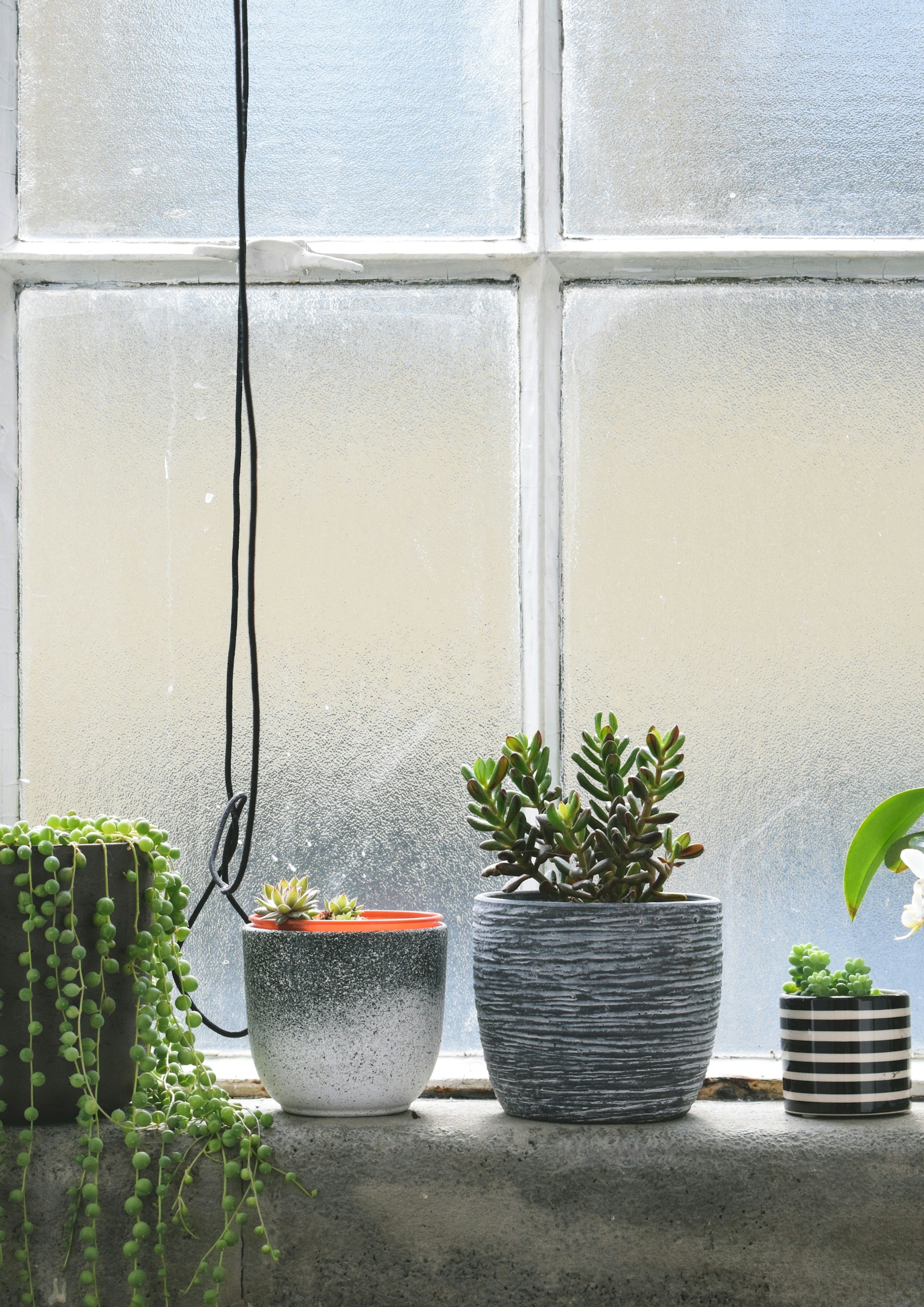
This moisture can be caused by a few different reasons, but overcrowded plants and a lack of soil drainage are the main suspects. You should always use a pot with drainage holes to prevent moisture buildup on the surface of the soil, like this terracot planter!
Excess moisture can expedite the decay of any plant material in the pot. This is bad news, as fungus gnats are also attracted to rotting organic matter! You can help limit moisture levels by using a misting bottle on “dry” looking plants, rather than continually watering them.

It’s nice to have plants outside where you can enjoy their beauty from the comfort of your outdoor bistro set! However, the major downside of outdoors is the lack of control over variables like moisture and heat can be hard to control. Still, the indoors approach isn’t perfect either.
Even simply being placed indoors can increase the likelihood of fungus gnats! Higher humidity levels and warmer temperatures make it easier for these bugs to prosper. Fortunately, the heat can be somewhat controlled by moving plants away from heat sources.
You might also consider hanging drapes to limit the amount of heat the plants—and, consequently, the fungus gnats—get from the sun.
Placing the plants in a separated space and using a small humidifier can help maintain a suitable level of humidity in drier areas, without upping the humidity too much.
What to Look Out for
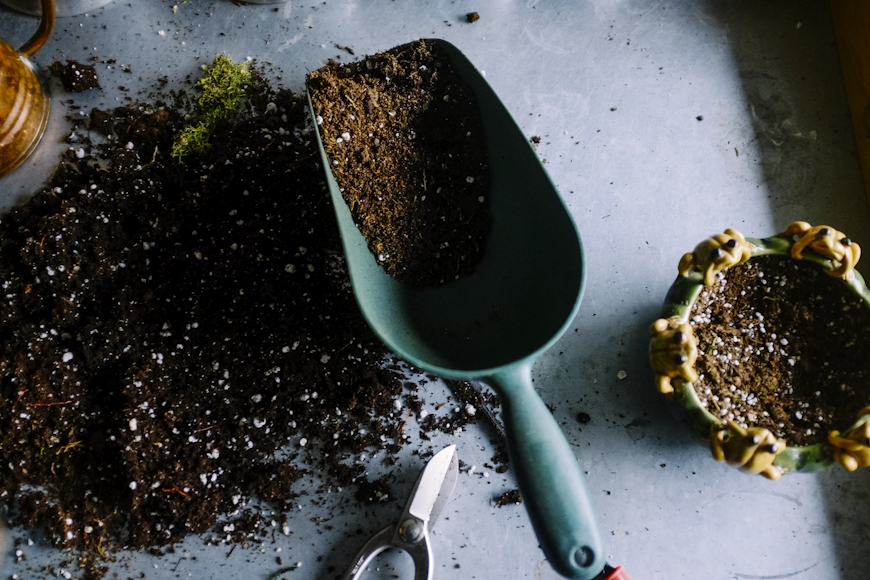
Now you know the problems and potential causes of these annoying pests, but you’re probably wondering what to keep an eye out for. If present, the first place you’ll likely see the adult gnats is when they’re swarming around the top of the soil you’ve just watered. You may also notice them flying around in passing.
At this point, your biggest concern will be gnats in the larval stage, as these will cause the most damage to your plants. If present, you can usually find the larvae hidden in the top layer of soil, generally 2 to 3 inches below the soil surface.

Make sure to monitor your plants, and take note if their growth slows. Wilting could also indicate a potential issue.
Although potentially inconvenient in some situations, keeping your plants in a place where you can easily monitor them will help you quickly identify and treat any fungus gnat infestations. Another bonus? Plants can make the perfect finishing touch to your nightstand!
Now You Know What Kills Gnats on Plants!
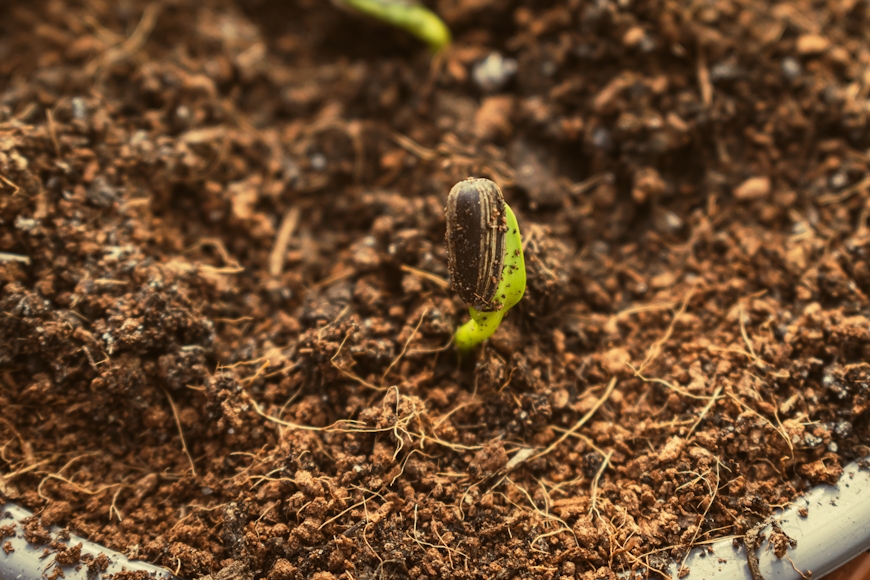
Hopefully, you’ve found this information helpful! Having plants doesn’t have to be stressful, but it definitely can be if you don’t know what’s going wrong.
To give yourself the best chance of success, follow the best practices. Pre-treating your soil, routinely examining your plants, and addressing any issues right away will make your plant parent life a whole lot easier.
Did you learn anything new? Find something you think you’ll try? If so, let me know in the comments below, or check out my latest updates on Instagram.
Until next time, y’all!
Commonly Asked Questions About What Kills Gnats on Plants
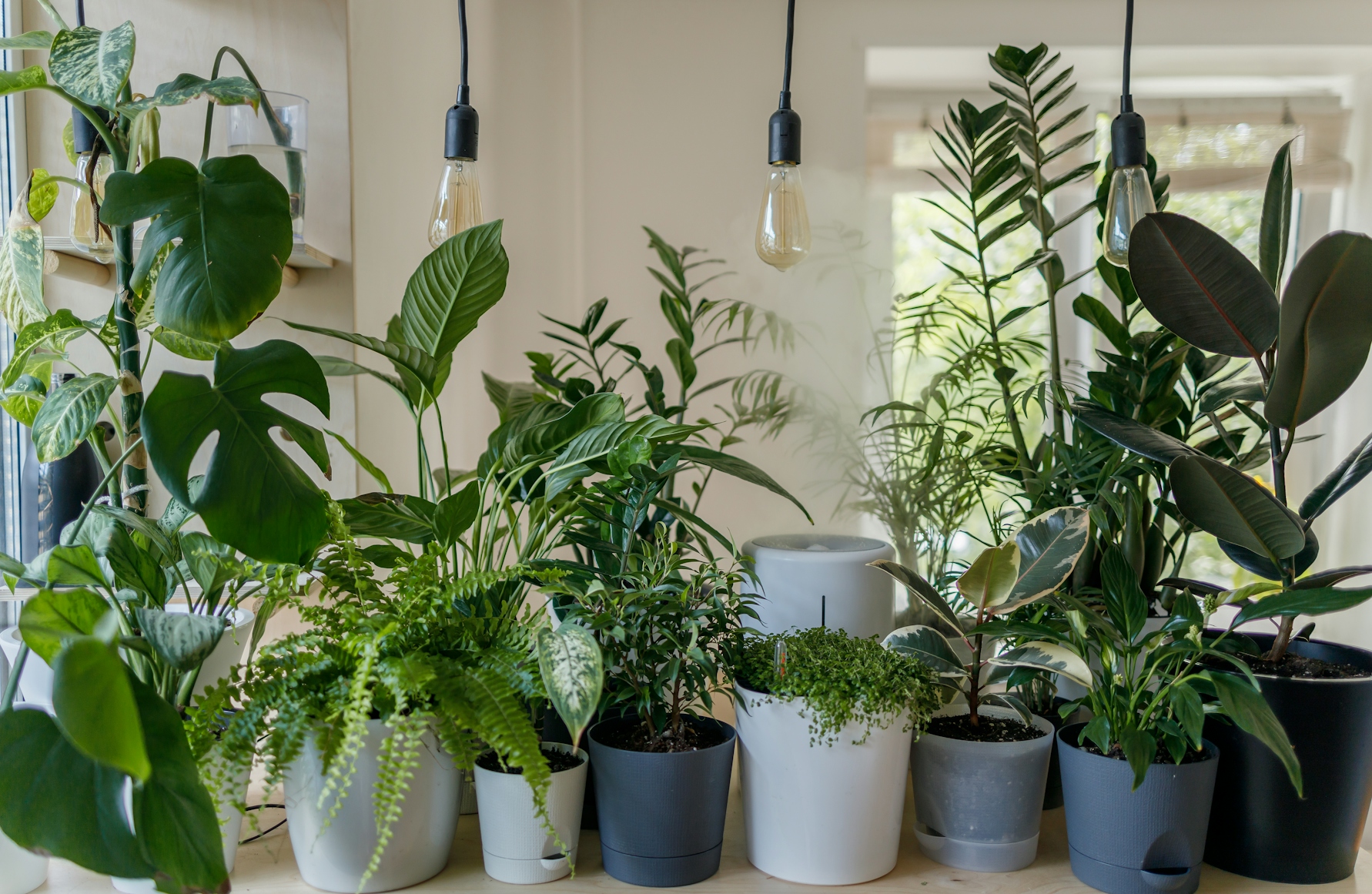
Does Dawn kill plant gnats?
For minor infestations, Dawn soap is a suitable solution. Mix 1 tbsp. of Dawn with 1 qt. of water inside of a spray bottle. From here, simply spray your plant down to get rid of the gnats!
Can I put vinegar in my plants to kill gnats?
You can certainly use vinegar to kill gnats, but don’t just pour it directly on your plants! Instead, you’ll want to make an apple cider vinegar trap, or a 50/50 spray of white vinegar and water.
What is a natural remedy for plant gnats?
Diatomaceous earth, cinnamon, and potato traps are all natural remedies for plant gnats.
What spray kills gnats but not plants?
There are many different sprays you can make that will meet these requirements. However, one of the easiest options is a spray made from water (2 liters) and one tbsp. of lemon-scented dish soap. Spray this on your plant, leaving it on for up to two hours. After this time has passed, spray your plant down with plain water.
Is hydrogen peroxide safe for plants?
If diluted and used only to a reasonable degree, hydrogen peroxide is perfectly safe for plants. I recommend mixing one unit of 3% hydrogen peroxide to four parts water for the best results!
What does cinnamon do for plants?
Cinnamon offers a number of different benefits, including pest prevention, fungus prevention, and disease prevention!

